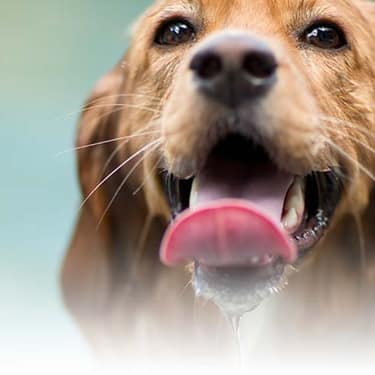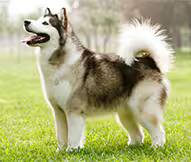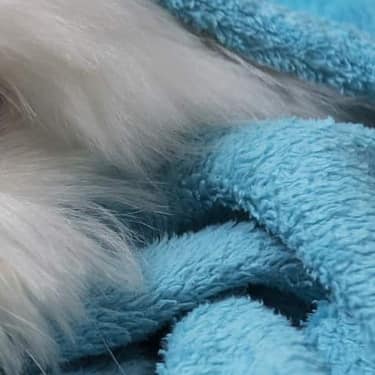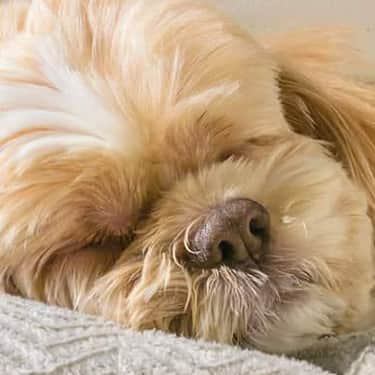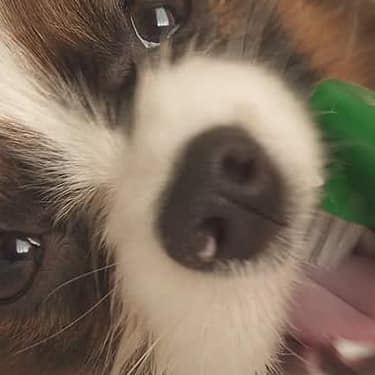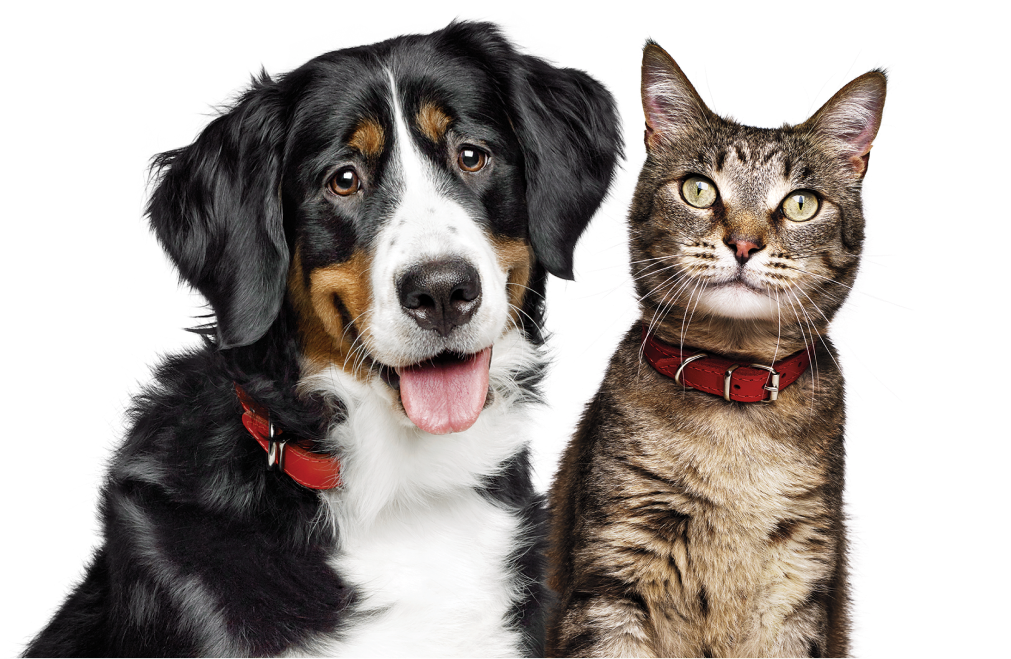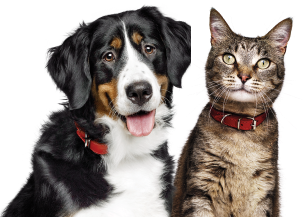The Alaskan Malamute is as strong-willed as it is strong-bodied. As a task-seeker, it is a highly intelligent but stubborn breed that requires regular exercise and mental stimulation to avoid destructive tendencies.
Despite their dominant appearance, they are extremely friendly, affectionate, and loyal dogs.
However, it’s also worth noting that Malamute’s can display aggressive behavior with other male dogs and children should always be supervised to avoid any accidental injuries due to the powerful stature. Their quintessential pack dog mentality means that owners need to be confident and firm to avoid dominant behaviours.
Alaskan Malamute’s require ample companionship and open space to run around and burn energy. As a result of this, they are well suited to homes with large gardens or outdoor areas, and would struggle to be kept in an apartment.
While they tend not to bark too much, they do howl (which can be a discerning sound if not familiar) and like to dig.
Owners should ensure that they provide an environment for the dog to do both. Due to their large size, strength, and intelligence, it’s recommended that this breed is enrolled in training from early age to ensure that discipline is instilled before they are large or strong enough to outwit their humans. Failure to do so, could result in behavioral issues.
Recommended Diet:
Puppy: Hill's Science Diet Puppy Large Breed Dry Dog Food
Adult: Hill's Science Diet Adult Large Breed Dry Dog Food, Hill's Science Diet Adult Perfect Weight Large Breed Dry Dog Food
Mature: Hill's Science Diet Adult 6+ Senior Large Breed Senior Dry Dog Food
Developed by the Inuit tribe Malamutes in Northwest Alaska, Malamutes are among the most-ancient breeds of dogs.
While Malamutes have ancestry similarities with other arctic breeds (Siberian Husky Samoyed of Russia and Eskimo dogs of Greenland and Labrador); Malamute’s were bred for their impressive stature and were popular among miners needing sled dogs during the gold rush of the 1800s.
While the breed wasn't officially recognised by the American Kennel Club till 1935 and later the United Kennel Club in 1947, it is reported that Malamutes contributed to the polar expeditions of Cook, Byrd and Perry by pulling loads.
Health Concerns:
Although generally healthy, Alaskan Malamutes can experience certain issues which include:
Bloat (also known as Gastric Dilatation Volvulus (GDV) is a serious condition that primarily affects large and deep-chested dog breeds. An abnormal accumulation of gas or fluid in the stomach can cause stomach twisting which can lead to restricted blood flow and tissue damage.
Cataracts is an eye condition which manifests as clouding of the lens in the eye and can lead to impaired vision.
Chondrodysplasia is a genetic condition that affects the skeletal system leading to abnormal development and bone growth.
Epilepsy is a neurological disorder that is characterised by recurrent seizures or convulsions that are caused by abnormal electrical activity in the brain.
Hemeralopia (Day Blindness): this is an hereditary disorder that causes a dog to have reduced vision or complete blindness in bright light or daylight conditions while retaining normal vision in low-light or dark environments.
Hip Dysplasia is an orthopedic condition that alters the inner workings of the hip joint.
Hypothyroidism (a Thyroid issue) can cause insufficient thyroid levels in the body. Possible signs include: thinning coat, lethargy, weight issues, slow heart rate and changes in behaviour, such as dullness.
Polyneuropathy (DNA test available) is a condition characterised by the dysfunction or damage to multiple peripheral nerves.
Note, not all Malamutes will get any or all these diseases, but it's important to be aware of them if you're considering this breed. Reputable breeders should test for these health issues where possible.
It is advised that any prospective pet parents are aware of potential health challenges faced with ownership and that you think carefully before bringing a new dog home.








